Three new petrol-electric plug-in hybrid BMW models will launch in the next year, as the 225xe, 330e and 740e join the X5 xDrive40e and sleek i8 to provide BMW with a five-strong range of plug-in hybrids.
The 225xe Active Tourer draws on the plug-in hybrid technology developed for the i8 sports car to offer the choice between front, rear or four-wheel drive, depending on the driving conditions.
A 134bhp front-mounted turbocharged 1.5-litre three-cylinder petrol engine sends power to the front wheels via a six-speed automatic gearbox. The combustion engine is supported by an 88bhp electric motor mounted within the rear axle, driving the rear wheels via a fixed-ratio gearbox.
The 225xe can travel up to 25 miles on electric power alone. At a constant cruise over longer distances, it is programmed to run in front-wheel drive, with power provided exclusively by the petrol engine at speeds of up to 126mph in order to preserve the energy reserves of its 7.7kWh lithium ion battery.
Under acceleration, the combustion and electric motor pool their resources to provide a combined system output of 221bhp and 284lb ft, as well as four-wheel drive, in hybrid mode. A 0-62mph time of 6.7sec is claimed, along with CO2 emissions of 46g/km and fuel consumption of up to 141.2mpg. The 225xe is priced at £35,005, and will go on sale next March.
Further along the model line-up, the larger rear-wheel drive 330e saloon relies on a detuned version of the plug-in petrol-electric driveline used by the X5 xDrive40e. It uses a 2.0-litre turbocharged petrol engine and an electric motor mounted within the gearbox to provide combined outputs of 248bhp and 310lb ft along with 148.7mpg claimed combined economy and 44g/km of CO2 emissions. The lithium ion battery provides an electric-only range of 25 miles. It is priced from £33,935, with first customer deliveries planned for April 2016.
The flagship of BMW’s new plug-in hybrid line-up is the 740e. Available in standard and long-wheelbase body styles with rear-wheel drive (740e and 740Le) or in long-wheelbase form with four-wheel drive (740Le xDrive), it also draws on the plug-in hybrid system used by the X5 xDrive40e. Claimed figures for the 740e are 321bhp, 369lb ft, 134.5mpg and 49g/km, plus a 25-mile electric-only range. The 7 Series hybrid will go on sale in the summer.
BMW has also said it will introduce more hybrid variants in the coming year.
Get the latest car news, reviews and galleries from Autocar direct to your inbox every week. Enter your email address below:

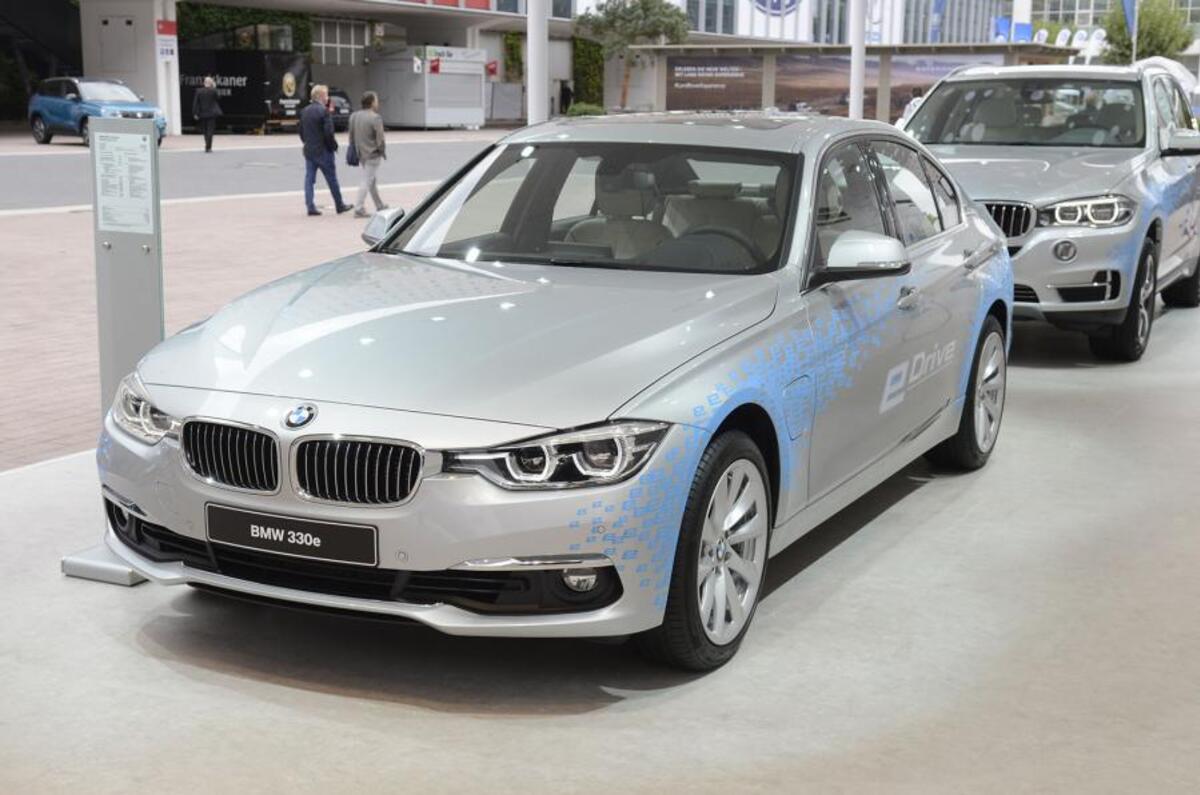

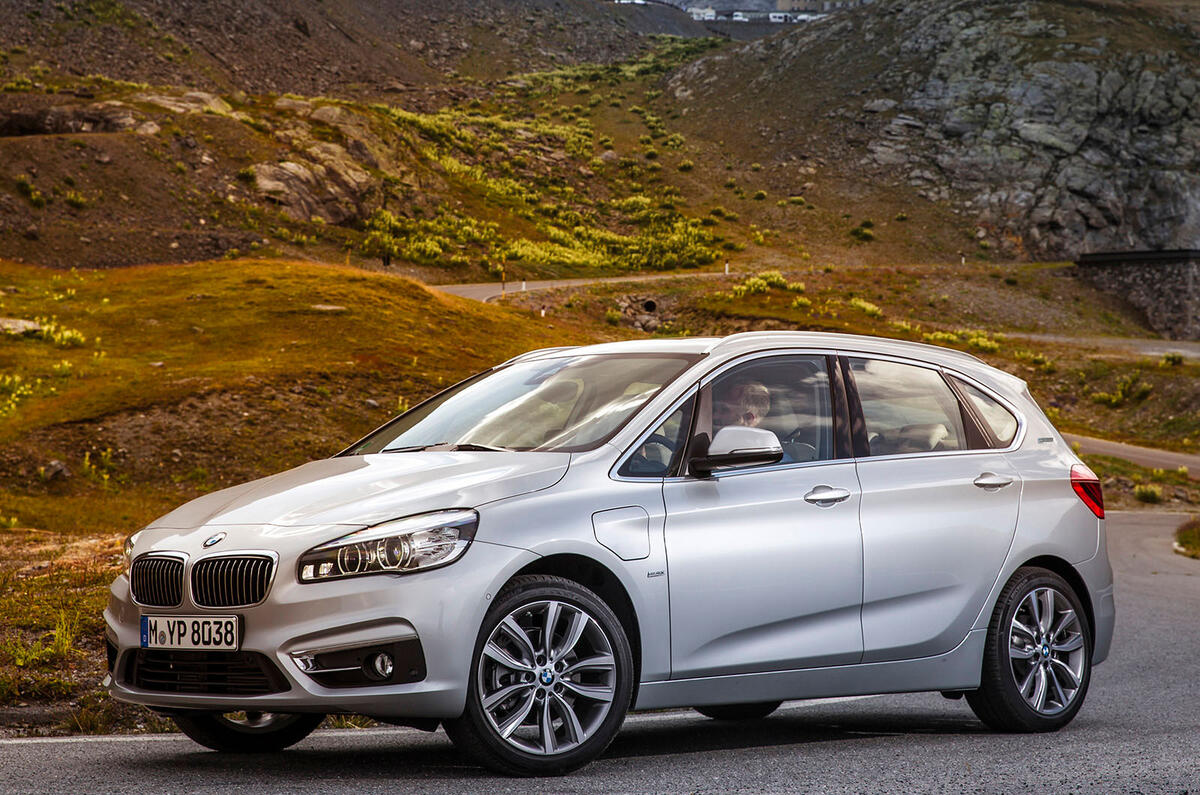
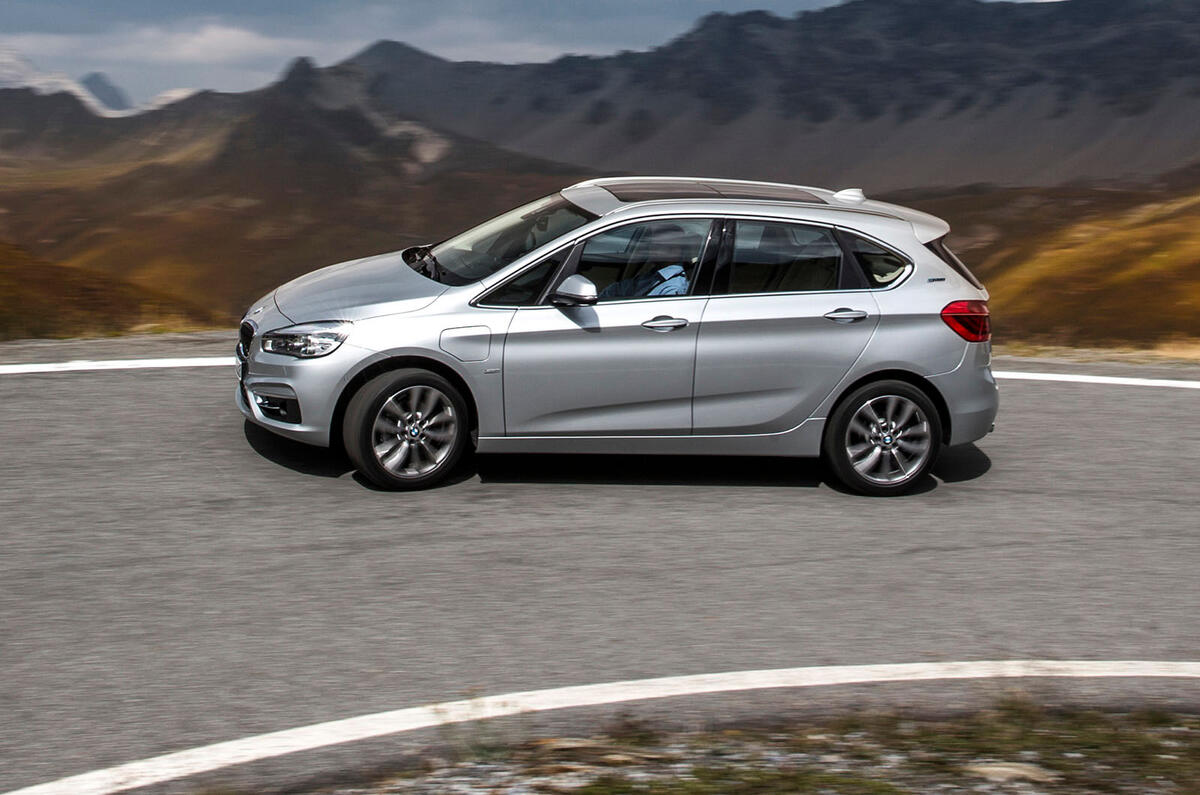
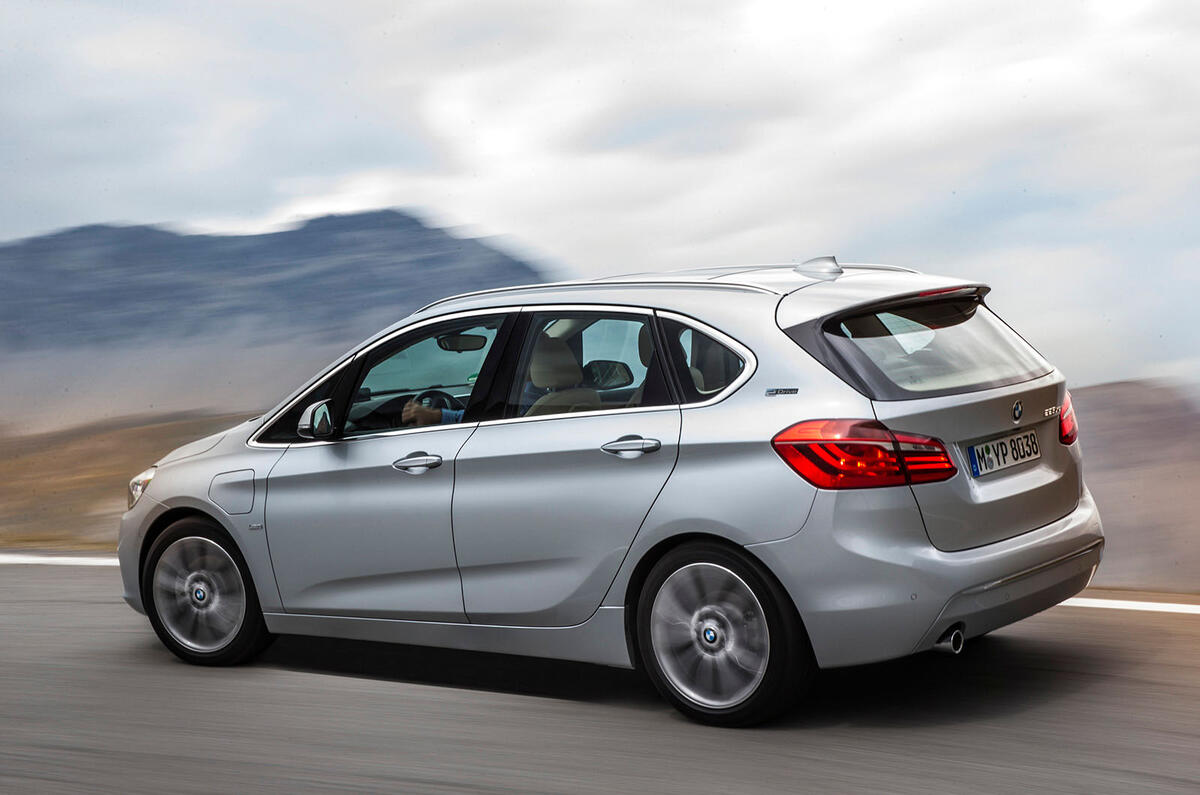
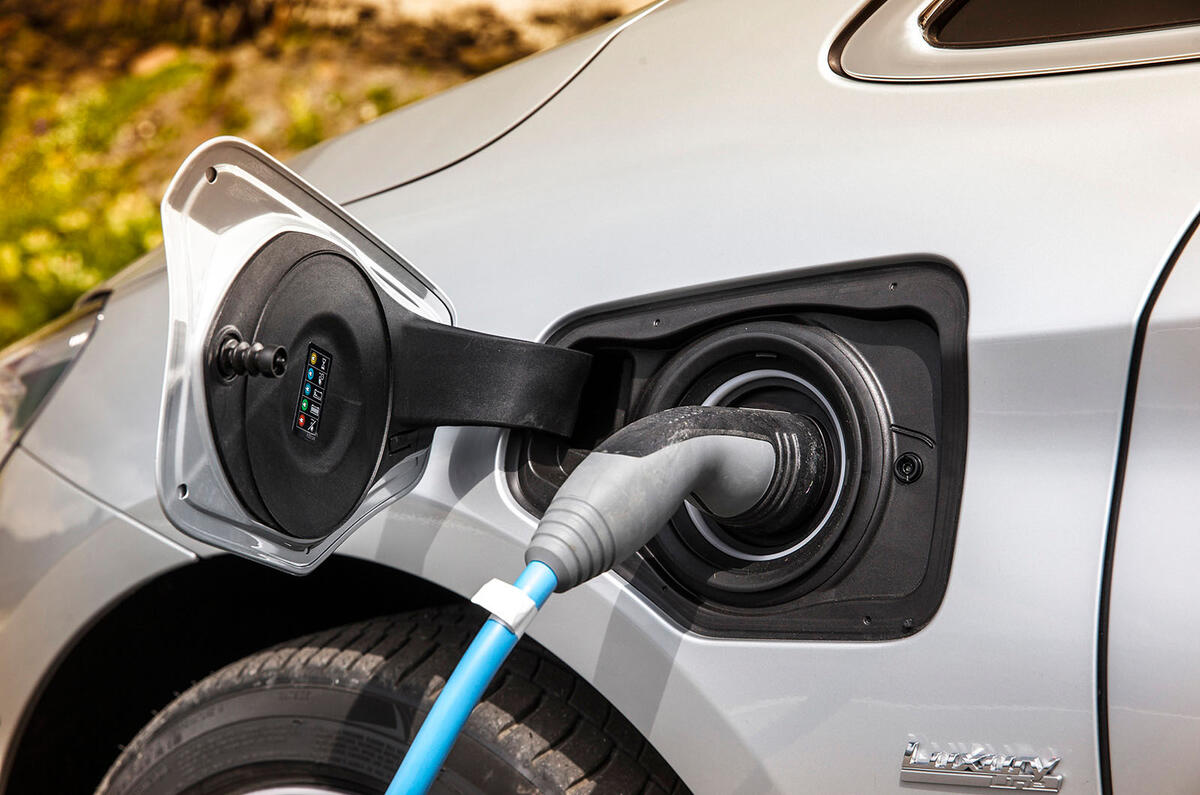
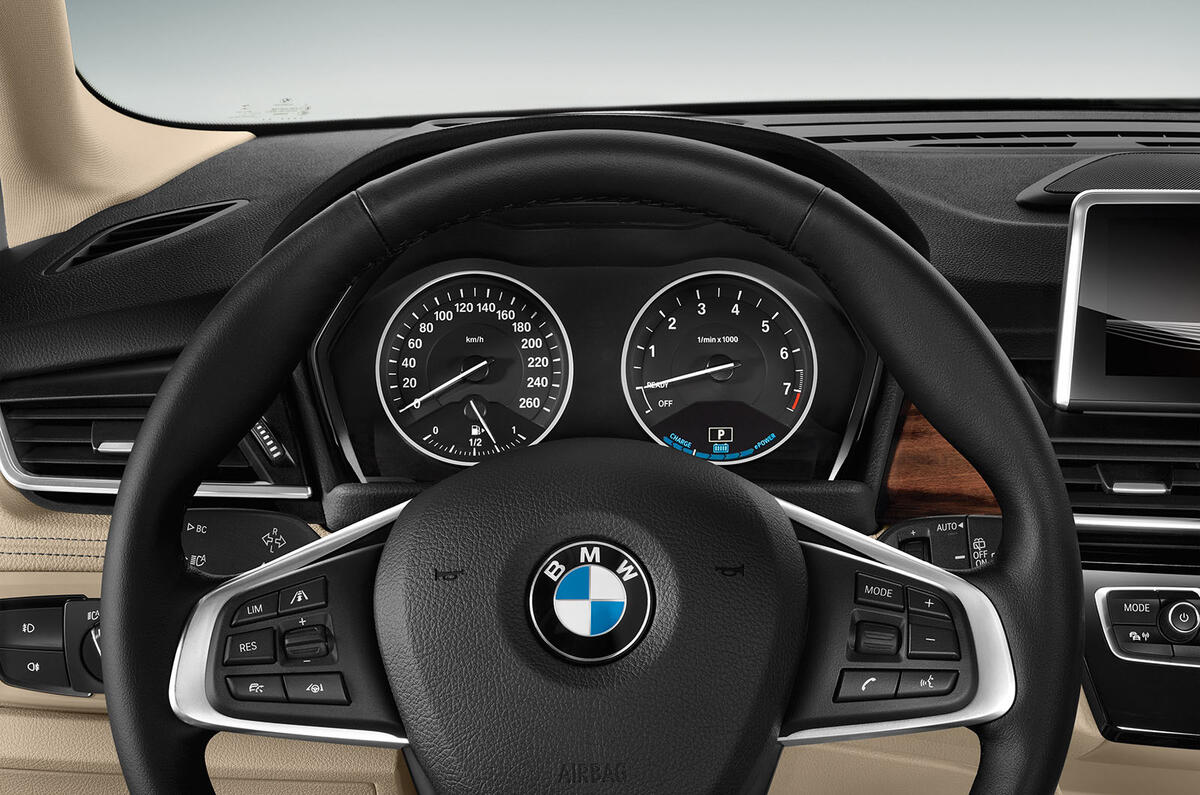
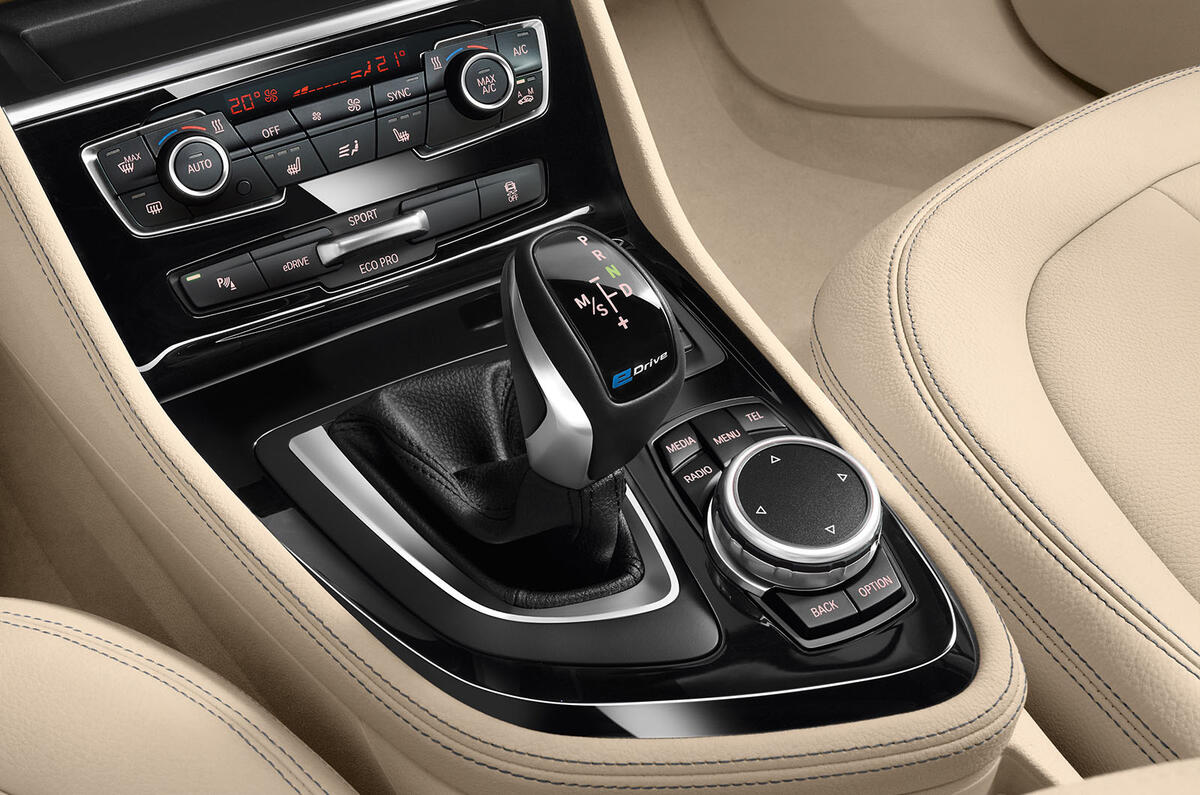
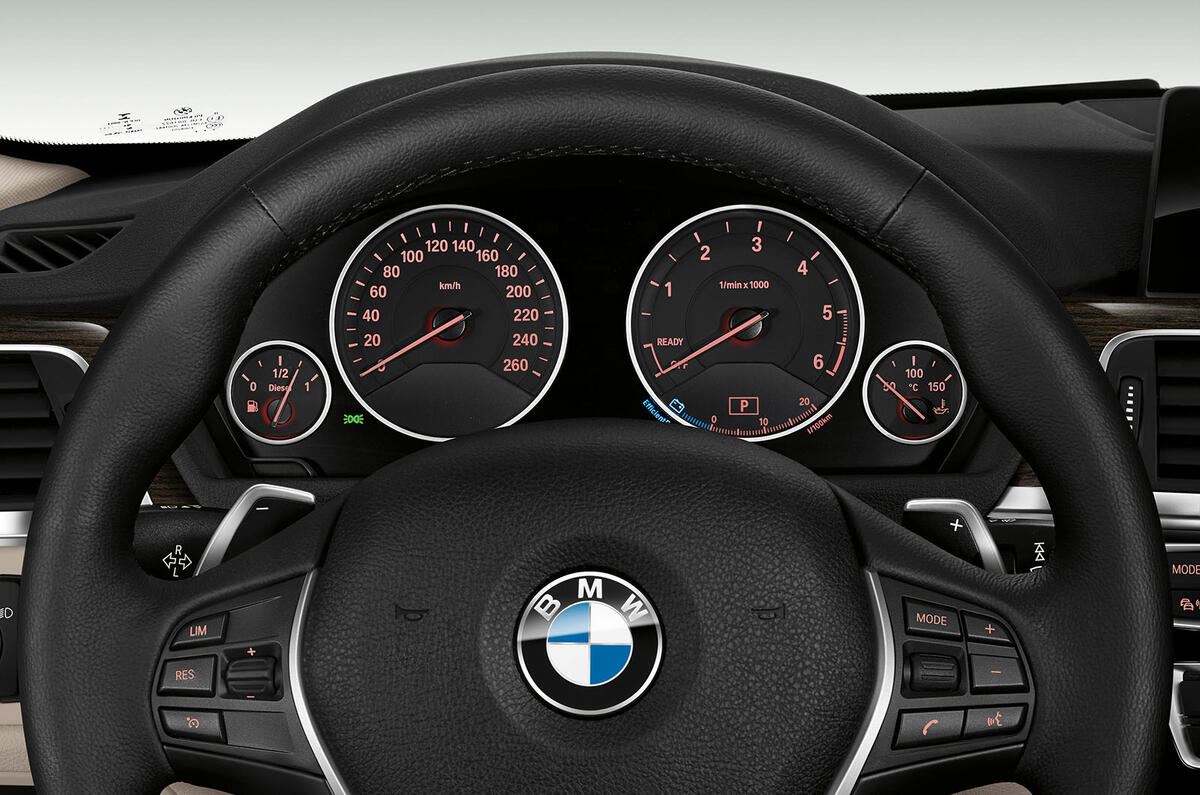
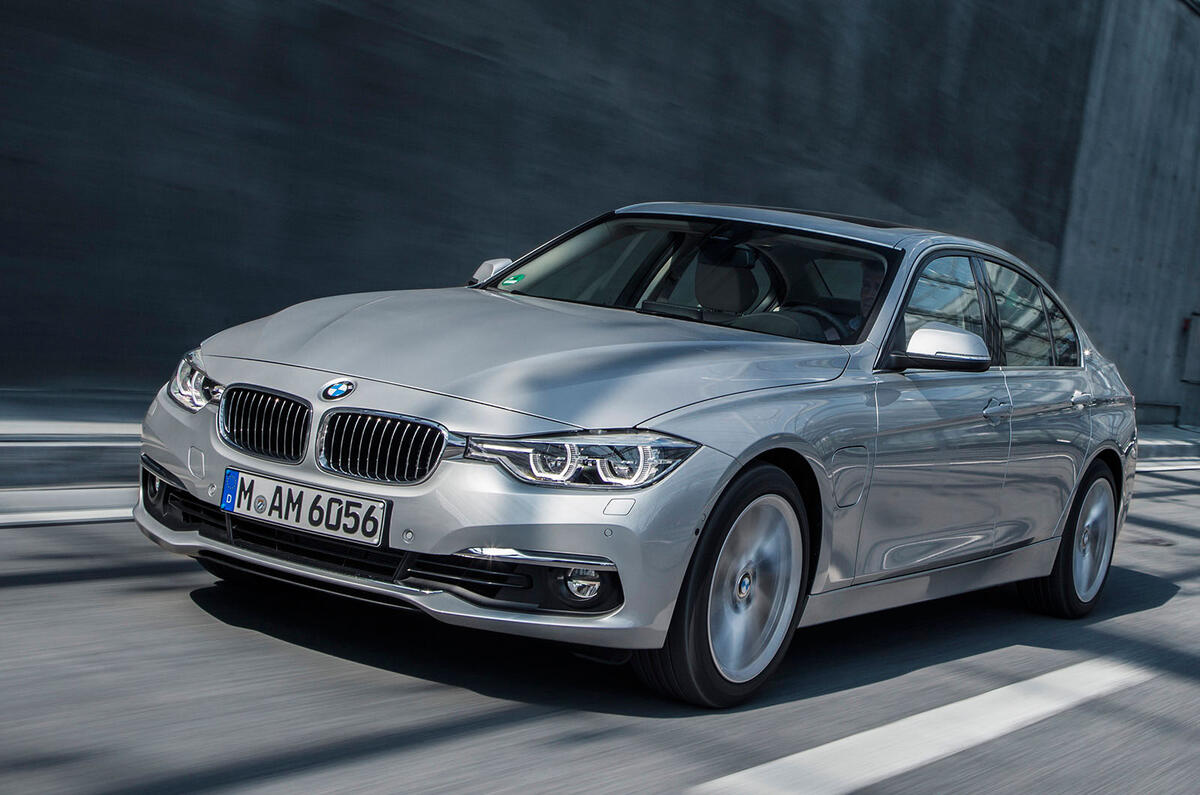
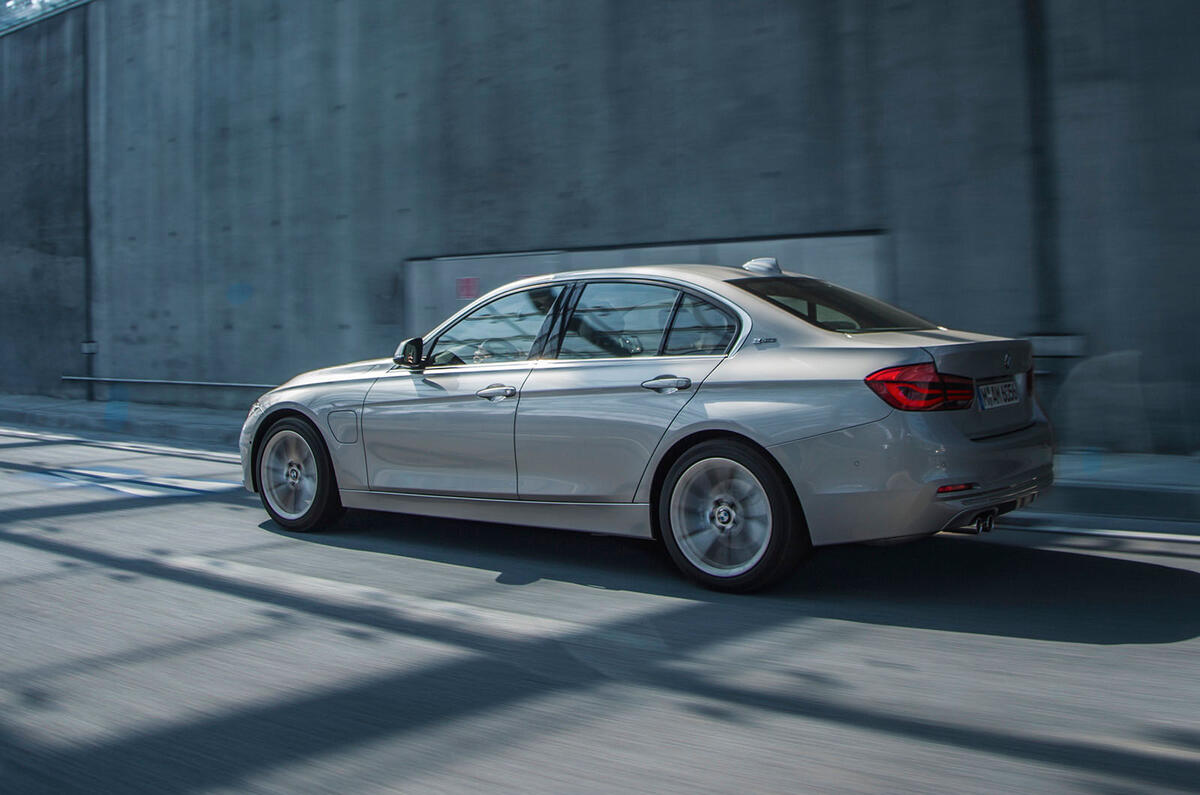
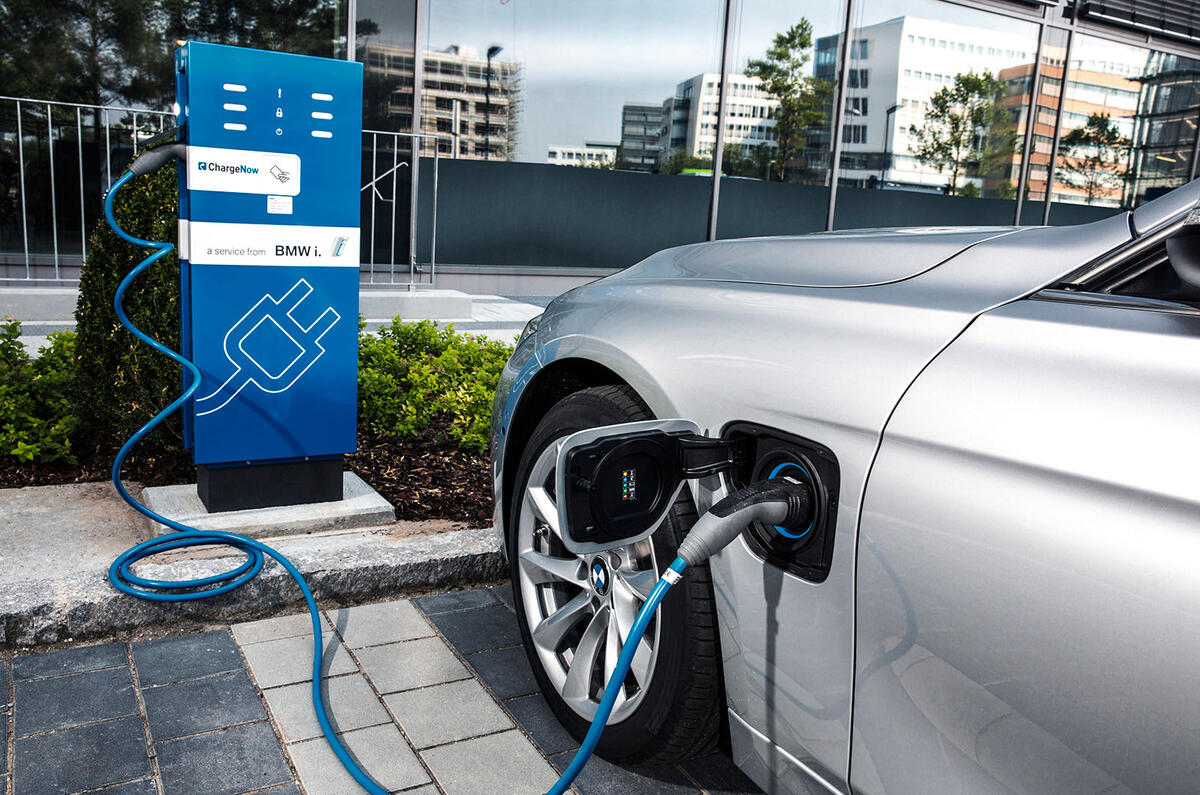
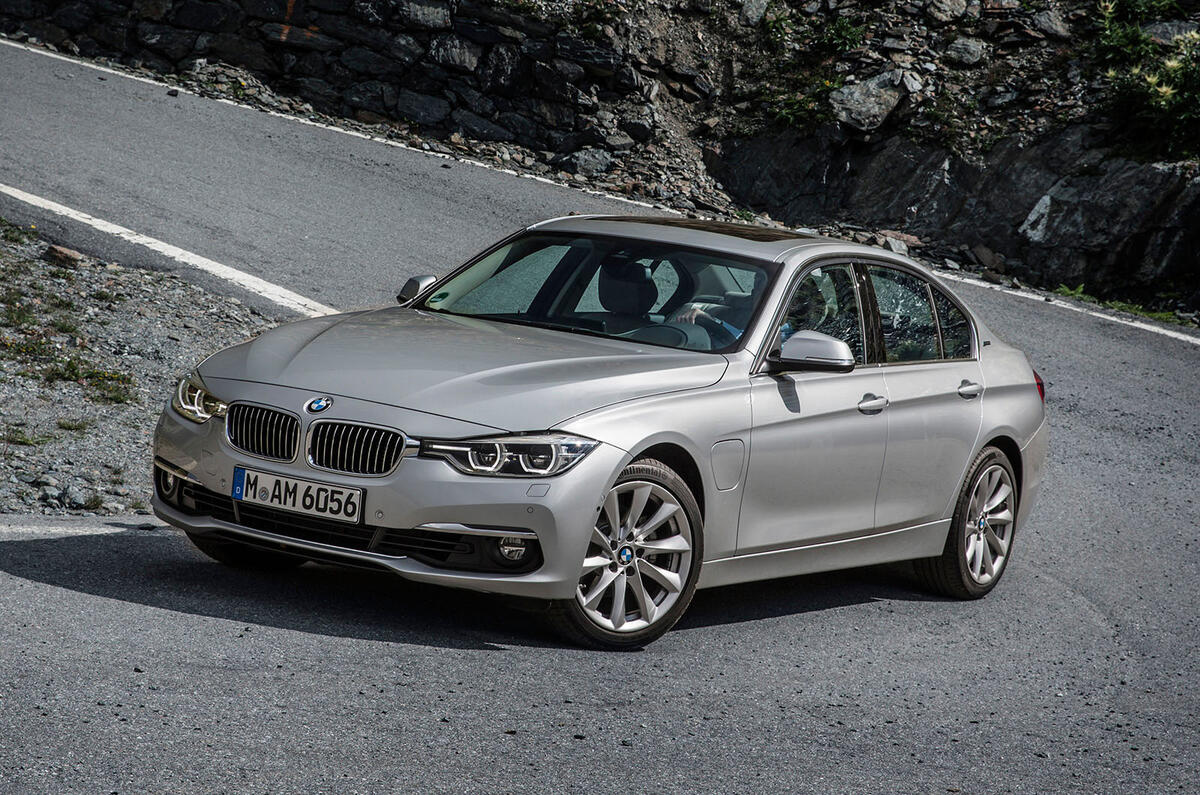
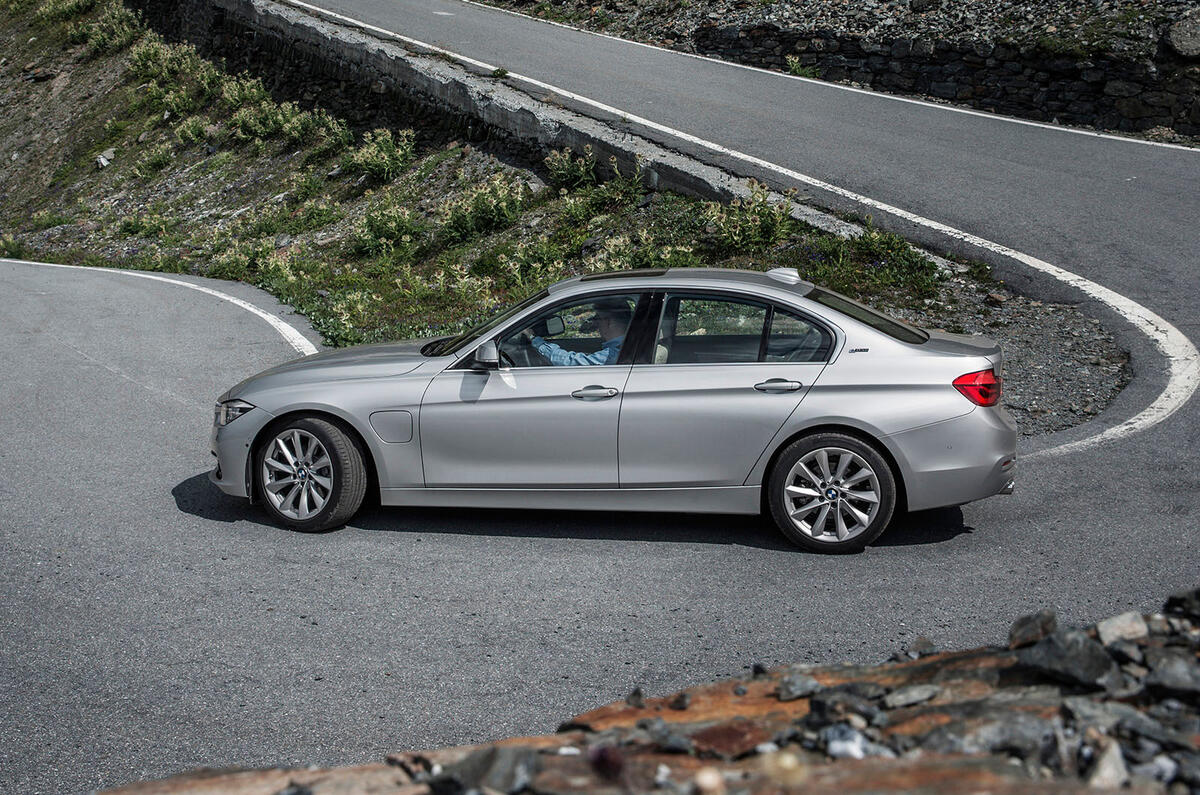
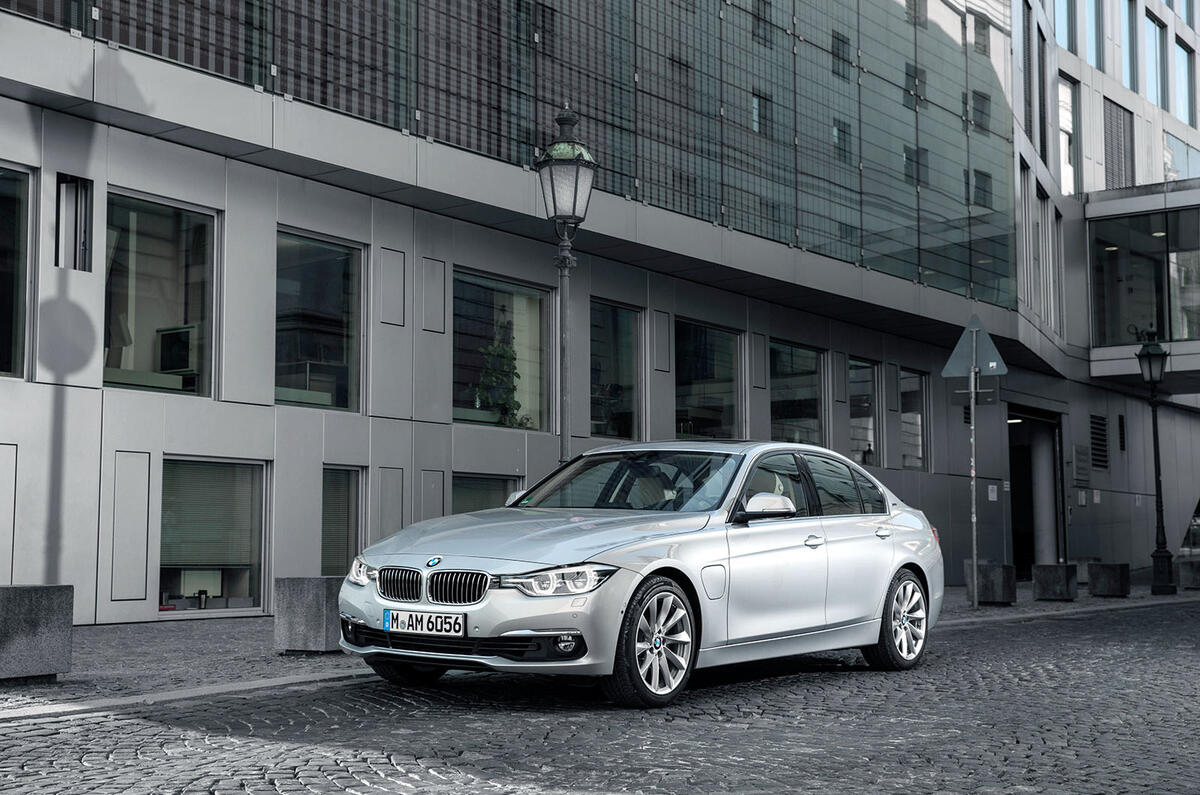
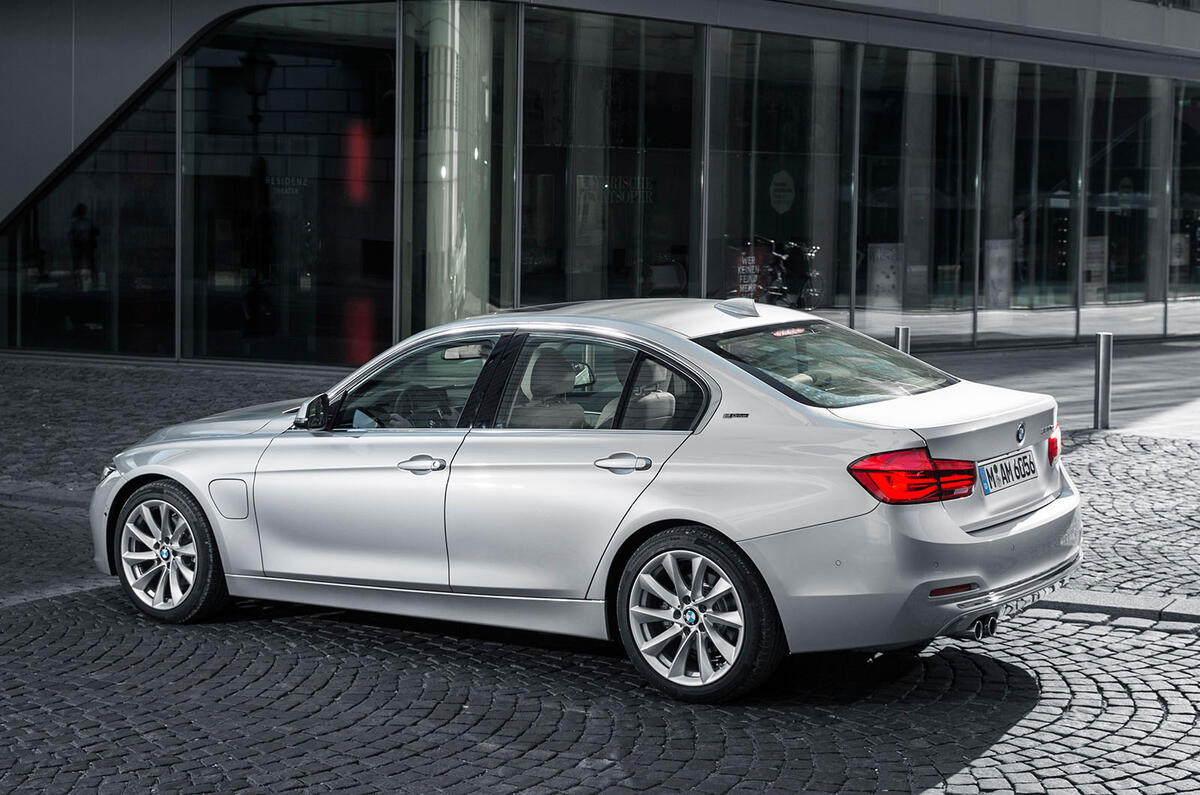

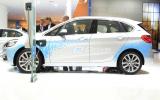
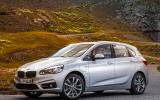
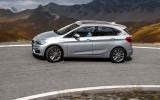
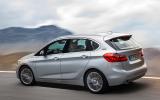
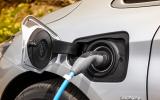

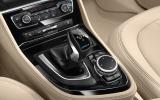
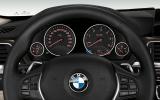
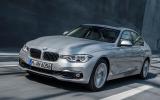
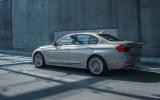

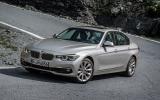


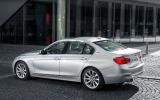


Join the debate
Add your comment
Petrol Electric Hybrids
Disappointing!
Underwhelming
Ambition? It is obvious that